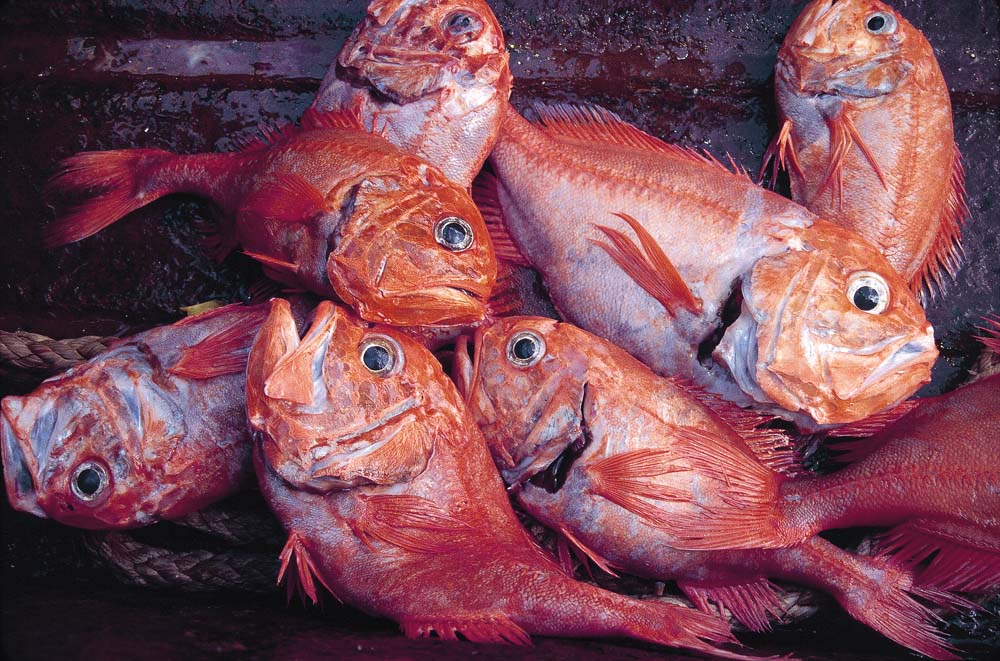Physical Address
304 North Cardinal St.
Dorchester Center, MA 02124

Orange Roughy has been the subject of culinary acclaim and environmental concern alike. Its delicate taste and firm texture have made it a desirable choice for seafood lovers, but it also comes with a premium price tag. This article aims to shed light on why orange roughy is so expensive, examining the intricacies of its life cycle, fishing practices, and market demand.
Orange roughy, a deep-sea fish, has a notably long life span, living up to 150 years. This longevity, combined with late maturity—often not reproducing until 20-30 years of age—makes it exceptionally vulnerable to overfishing. Its slow reproductive rate and long gestation periods mean that depleted stocks take a substantial amount of time to recover, adding to its scarcity and consequent high price in the market.
The popularity of orange roughy during the late 20th century led to intensive fishing, causing a significant decline in its populations. Overfishing and the lengthy recovery time for the species have resulted in sustainability concerns. In response, several countries have implemented strict fishing quotas and management plans to help the species recover, limiting the availability of orange roughy and contributing to its high cost.
Orange roughy inhabits the deep waters of the ocean, typically found at depths between 600 to 1,800 meters. Fishing at these depths involves specialized equipment and techniques, making the process more complex and expensive compared to fishing for species found in shallower waters. The additional resources and efforts required to catch orange roughy inevitably translate to higher prices for the end consumer.
The culinary appeal of orange roughy, renowned for its mild, sweet flavor and low-fat content, maintains consistent market demand, further driving up its price. It’s especially sought after in high-end restaurants and is regarded as a premium seafood item. When supply is limited and demand is high, prices are likely to escalate, reflecting the basic economic principle of supply and demand.
As orange roughy is found in select parts of the world, mainly around New Zealand and Australia, it has to be shipped internationally to reach various markets. The logistics involved in storing and transporting perishable items like fish entail additional costs. Import taxes, duties, and the expenses involved in maintaining the quality of the fish during transit all contribute to the overall price of orange roughy.
In an effort to address the sustainability concerns surrounding orange roughy, some fisheries have sought eco-certifications to assure consumers that the fish are being caught responsibly. Obtaining and maintaining these certifications involve adherence to rigorous standards and regular audits, the costs of which are often passed on to the consumer.
The high price of orange roughy is a culmination of several factors: its unique life cycle, overfishing, the challenges involved in deep-sea fishing, consistent market demand, importation costs, and efforts towards sustainability and responsible fishing. Consumers valuing sustainability and eco-conscious choices might opt for alternative seafood with lower environmental impacts, while those willing to pay a premium may continue to savor the distinctive taste of orange roughy, understanding the reasons behind its high cost.
In the midst of our quest for culinary delights, it is crucial for consumers, restaurateurs, and fisheries alike to advocate for and practice responsible fishing and consumption to ensure the longevity and availability of unique species like orange roughy for future generations.